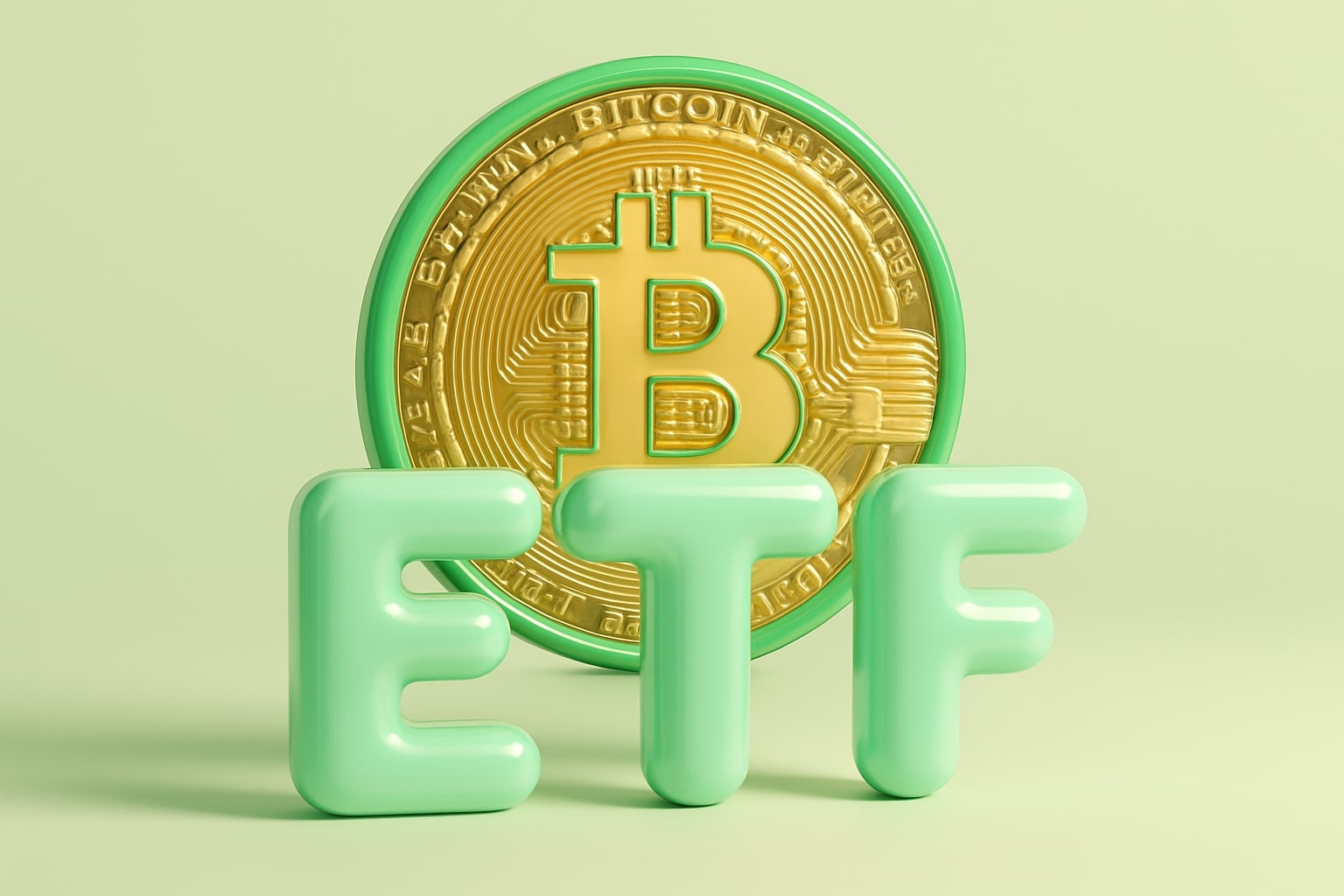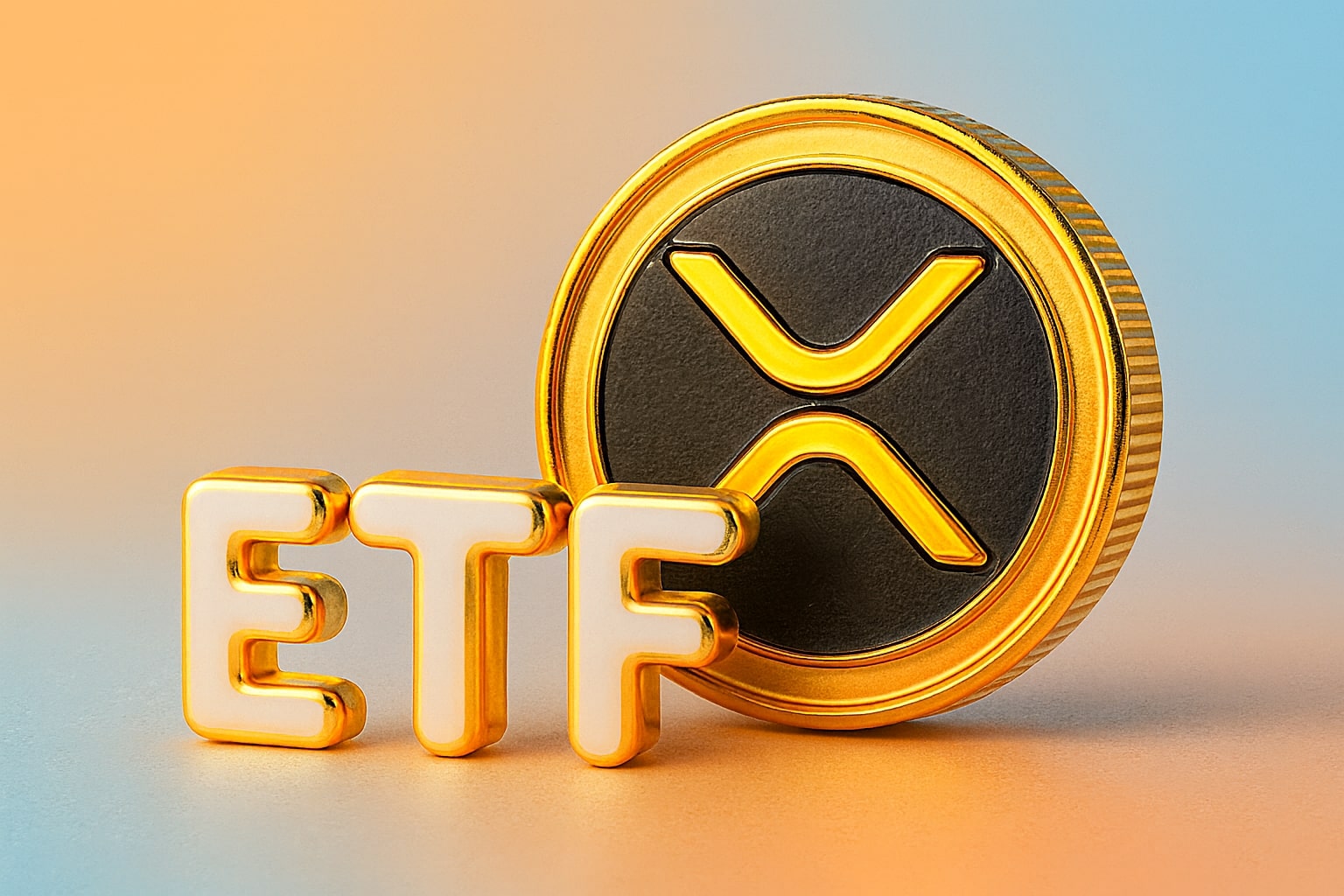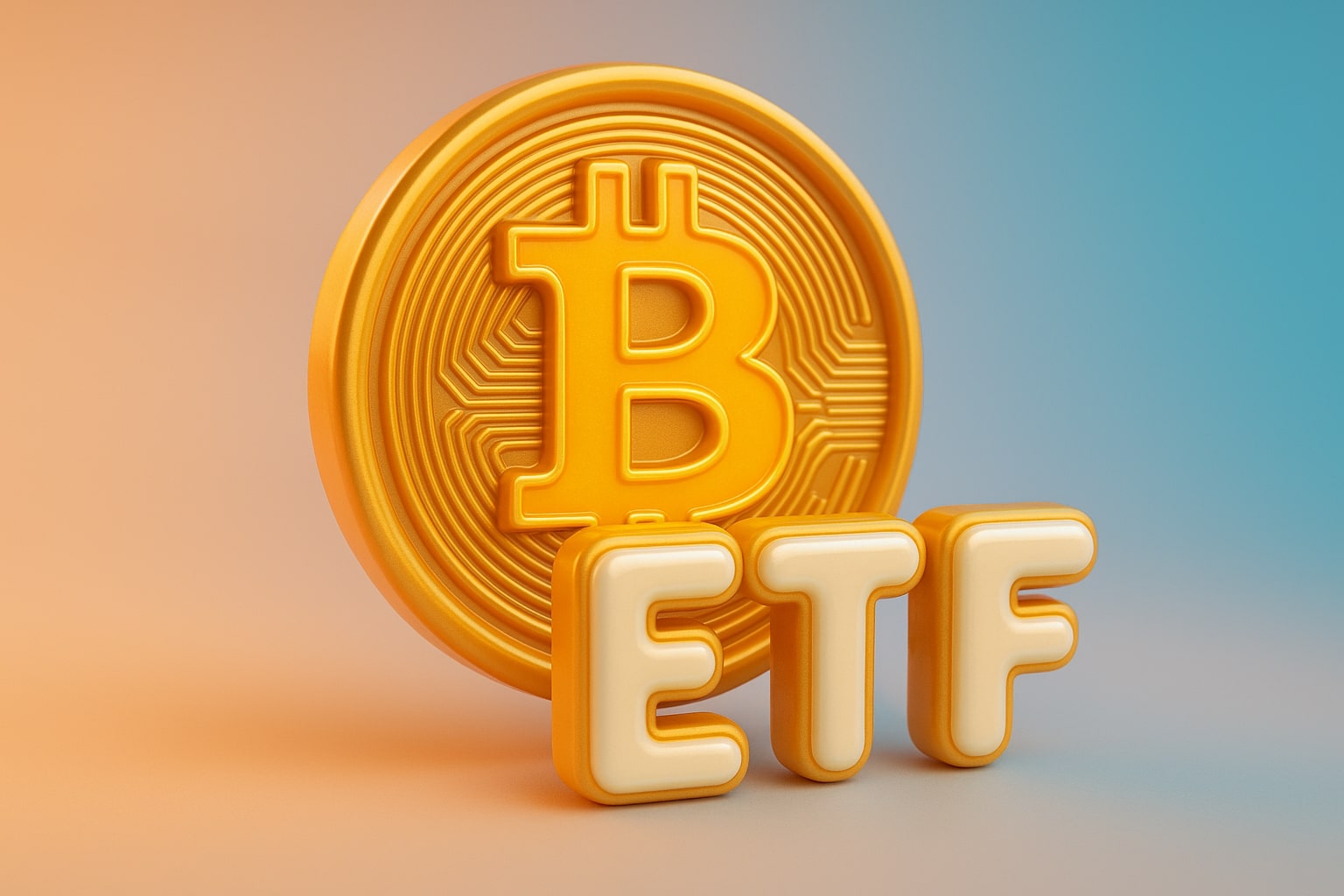
Bitcoin Price (BTC-USD) at $117,778 as ETF Inflows Drive Market Amid Fed Uncertainty
BlackRock’s IBIT nears $80B AUM while Ethereum ETFs outpace BTC inflows, with Powell’s Jackson Hole stance set to decide direction between $110K and $123K | That's TradingNEWS
Bitcoin (BTC-USD) ETF Inflows Surge as Institutions Reshape Market Dynamics
Bitcoin’s 2025 rally is being fueled less by retail hype and more by institutional inflows into U.S.-listed spot ETFs. At $117,778, Bitcoin has recovered from early August volatility, driven by a flood of capital into funds such as BlackRock’s iShares Bitcoin Trust (NASDAQ:IBIT) and ARK 21Shares Bitcoin ETF (BATS:ARKB). These ETFs have become the new barometer of demand, with inflows now exceeding $35 billion year-to-date according to Deutsche Bank, pushing cumulative totals above $50 billion by mid-2025. Just last Thursday, more than $1.17 billion poured into bitcoin ETFs in a single session, underscoring the scale of institutional conviction.
BlackRock’s Dominance in Spot Bitcoin ETFs
No fund illustrates this institutional wave more than IBIT, which in only 18 months has grown to roughly $80 billion in assets under management. By comparison, legacy player Grayscale Bitcoin Trust (NYSEARCA:GBTC), once the dominant institutional product, has seen consistent outflows, shedding $81.8 million in a single session while IBIT absorbed over $114 million the same day. Trading activity also remains heavy — ETF-linked Bitcoin trading volumes reached $3.28 billion daily, highlighting that Wall Street has firmly integrated Bitcoin exposure into its structured investment vehicles.
August Outflows Reverse, But Momentum Persists
Early August saw brutal pressure on Bitcoin ETFs with $1.33 billion in combined outflows over just three trading days. This rattled sentiment and dragged BTC from above $120,000 down to the $116,000 handle. Yet the recovery has been swift: by mid-August, net outflows were trimmed to just $11.5 million month-to-date as inflows resumed. IBIT alone added $887.7 million in the week ending August 15, more than offsetting the $183.9 million pulled from ARKB. This dynamic — rotation within the ETF complex but net stability — suggests institutions are reallocating between providers rather than abandoning the asset.
Ethereum ETFs Outpacing Bitcoin in Inflows
While Bitcoin ETFs continue to dominate headlines, Ethereum has been the institutional star of August. Spot Ethereum ETFs (ETHA, FETH, ETHE) drew nearly $2.9 billion in a single week, outpacing Bitcoin products by a factor of 2.8x. BlackRock’s iShares Ethereum Trust (ETHA) alone absorbed $2.3 billion, pushing total holdings above 3.5 million ETH. On August 14, ETHA added 114,069 ETH worth $519.8 million in one day, a figure that dwarfs Ethereum’s net issuance of just 2,372 ETH — meaning ETFs are buying 59 times more than new supply. Despite ETH trading at $4,481, below its $4,878 peak earlier in the month, flows remain relentless.
Macro Risks and Fed Sensitivity
ETF inflows alone are not insulating crypto from macro headwinds. Higher-than-expected U.S. inflation data pulled Bitcoin down to $117,260 on August 15, while Ethereum slipped 2.5% to $4,400. Traders are also wary ahead of Jerome Powell’s Jackson Hole speech and FOMC minutes. If the Fed maintains a hawkish stance, ETF demand may not be enough to prevent BTC from testing $110,000 again. Conversely, dovish signals could fuel a breakout back toward $123,731, the record high set earlier this year.
Institutional Ownership and Strategic Shift
Institutions now control roughly 3.8% of Ethereum’s circulating supply via ETFs and funds, a staggering level of concentration given that ETFs only launched in 2024. Bitcoin’s ETF share is even higher, with total ETF assets representing 6.5% of BTC’s market cap, or over $153 billion. The consequence is clear: market structure is shifting from fragmented retail exchanges toward consolidated, regulated ETF vehicles that act as liquidity anchors. This transition is amplifying the role of flows — single-day inflows or outflows now drive multi-thousand-dollar price swings in BTC-USD.
Bullish vs Bearish Path for Bitcoin (BTC-USD)
The bullish case rests on sustained ETF inflows, bipartisan progress on the CLARITY Act in Washington, and a softer Fed. Under that scenario, Bitcoin could retake the $120,000–123,000 band quickly, fueled by liquidity and institutional FOMO. The bearish case points to renewed ETF outflows, strong U.S. economic data prompting tighter Fed guidance, or geopolitical shocks. Under those conditions, Bitcoin could slide below $112,000, retracing gains from June.
That's TradingNEWS
Read More
-
SCHD ETF Price at $27: Can SCHD’s 4% Yield and 9.15% Dividend Growth Beat High-Yield Covered Call ETFs?
15.12.2025 · TradingNEWS ArchiveStocks
-
XRP ETFs Close on $1B Inflows as XRPI at $10.92 and XRPR at $15.52 Hit 52-Week Lows
15.12.2025 · TradingNEWS ArchiveCrypto
-
Natural Gas Price Forecast: NG=F Holds the $4 Floor as Oversupply Clashes with 2026 LNG Demand
15.12.2025 · TradingNEWS ArchiveCommodities
-
USD/JPY Price Forecast - Dollar to Yen At 155: Yen Strength Builds As BoJ Hike And NFP Collide
15.12.2025 · TradingNEWS ArchiveForex

















